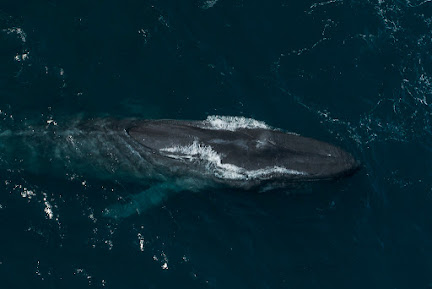Whales are marine mammals that belong to the order Cetacea, which includes dolphins and porpoises as well.
There are two main types of whales: baleen whales (also called Mysticeti) and toothed whales (also called Odontoceti).
Baleen whales are filter feeders that use baleen plates in their mouths to strain small organisms like krill and plankton from the water. Toothed whales, on the other hand, hunt and eat fish and other marine animals.
The largest animal on Earth is the blue whale, which can grow up to 100 feet long and weigh over 200 tons.
Whales are social creatures that live in groups called pods. Some species, like humpback whales, are known for their complex songs and vocalizations.
Whales have been hunted by humans for their meat, blubber, and other products for centuries. Commercial whaling has been banned in most countries since the 1980s, but some countries still hunt whales for scientific or cultural reasons.
Some whale species, like the North Atlantic right whale, are critically endangered due to hunting, habitat loss, and other factors.
Whales are important indicators of the health of the ocean ecosystem. By monitoring whale populations, scientists can learn about changes in ocean temperature, food supply, and other environmental factors that affect marine life.
Whales play a vital role in the ocean's food chain by consuming large amounts of small organisms and providing food for larger predators like sharks and killer whales.
Whale watching has become a popular activity in many parts of the world. However, it is important to practice responsible whale watching to minimize disturbance to these sensitive animals.
blue whales have a very thin throat that fit only small sea creatures like krill.
most of the scientist say that whales gone from land to sea because they come 15to30 minutes out to breath if they don't they will die. they breath only oxygen.
A blue whales hearth is bigger then a car

Comments
Post a Comment